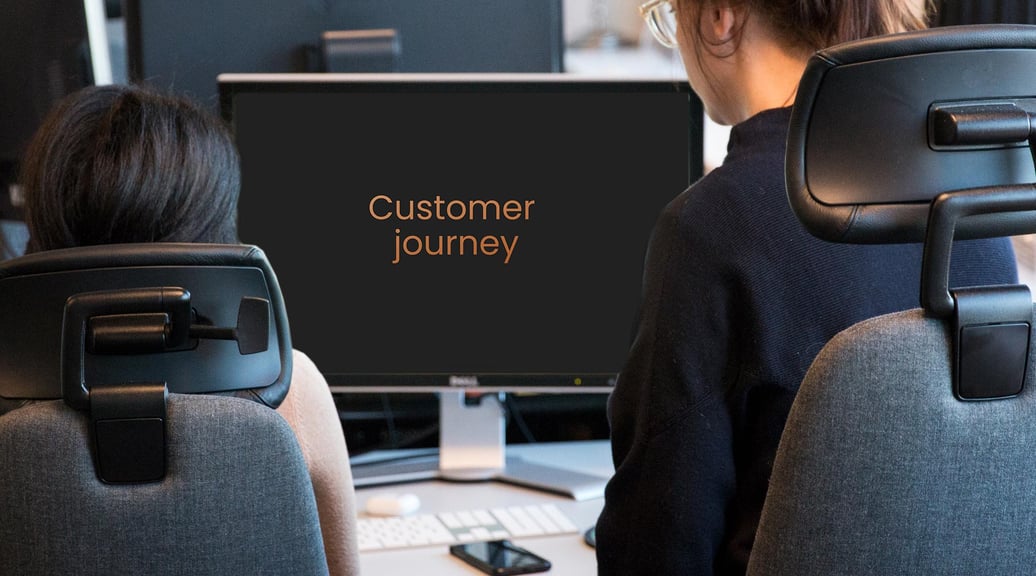
Doug has been a Content Producer at Zooma since 2021. Originally English, he now lives in Sweden.
Keep me updated!
Subscribe
By Doug Bolton

Your customer journey is the route someone takes on the road to becoming one of your company’s customers. After discovering their challenge or need and considering the possible solutions, they eventually settle on your company. Customer journeys can be as short as a few minutes or as long as several months – but they generally all produce the same common pain points that many companies struggle to solve.
Modern B2B business is competitive – so if your company can find a way to eliminate these typical issues, you’ll likely succeed in getting more people through the customer journey effectively. Here are a few examples of common pain points and some tips on how to solve them.
The consideration stage is a vital part of the customer journey. Here, the customer does some research to find the right solution to their problem, and they want as much information as possible. But it’s still common, especially in the B2B world, that they struggle to find answers on your website. Content that shows off your company’s expertise and knowledge, as well as more detailed information about the pricing and specifications of your products and services, is essential. If you can’t give customers the answers they need, they’ll go to someone else.
Making a sales enquiry to a B2B company in 2021 still usually looks like this – you do some research on their website, like what you see, and fill out a contact form with details about you, your company, and your enquiry.
A few days later (if you get a response at all), you get a phone call from a salesperson who has no idea about you or your company, and you need to repeat the same information all over again. Sometimes, you might even be put in contact with someone else, and the process starts over.
This kind of disjointed communication is usually down to a disjointed company. Marketing, who takes care of the website, doesn’t have a close link to sales, who don’t use the CRM as they should. Neither department ever speaks to service, and service never shares much information about customers with the other two.
It’s not easy to fix a situation like this, but it’s important you try – because it’s lethal for your customer journey. When dealing with a company like this, customers feel disvalued and distrustful. They need a solution now – they don’t have time to jump through the hoops of your internal communications channels. If they have a choice, they’ll be more likely to go to a competitor that makes it easier to become a customer.
A lot of smarter companies have realised the importance of their customer journey and are actively taking steps to improve it. However, many still focus on developing one approach for all of their potential customers. They’re likely to see some success with an approach like this, but many potential customers will still have a sub-optimal journey.
That’s why it’s important to realise that each person taking a customer journey with your company is different. Some of them will not even be aware of the problem they’re facing, others will have decades of experience in your industry. Some will want to sign the contract as soon as possible, while others have several buying committees to get through first. All of them will have different roles and personal qualities, which will affect the type of information they want and how they want to consume it. You need to take these things into account if you want to optimise your customer journey for everyone who will take it.
That doesn’t mean you need to map hundreds of different customer journeys – focus on developing key buyer personas and analyse what their journeys look like. This will put you on the right track to optimising for your most important customers and giving them truly relevant answers.
Hopefully, you’re better prepared to avoid these common pain points now. If you think any of them might be a part of your company’s customer journey, you need to map it out before you can fix it. To make things easier, we’ve made a customer journey map template. By using it to sketch out the steps people take before they buy from your company, you can figure out where these pain points crop up and how you can fix them.
Download it below, or take a look at our in-depth customer journey guide to keep learning more.

